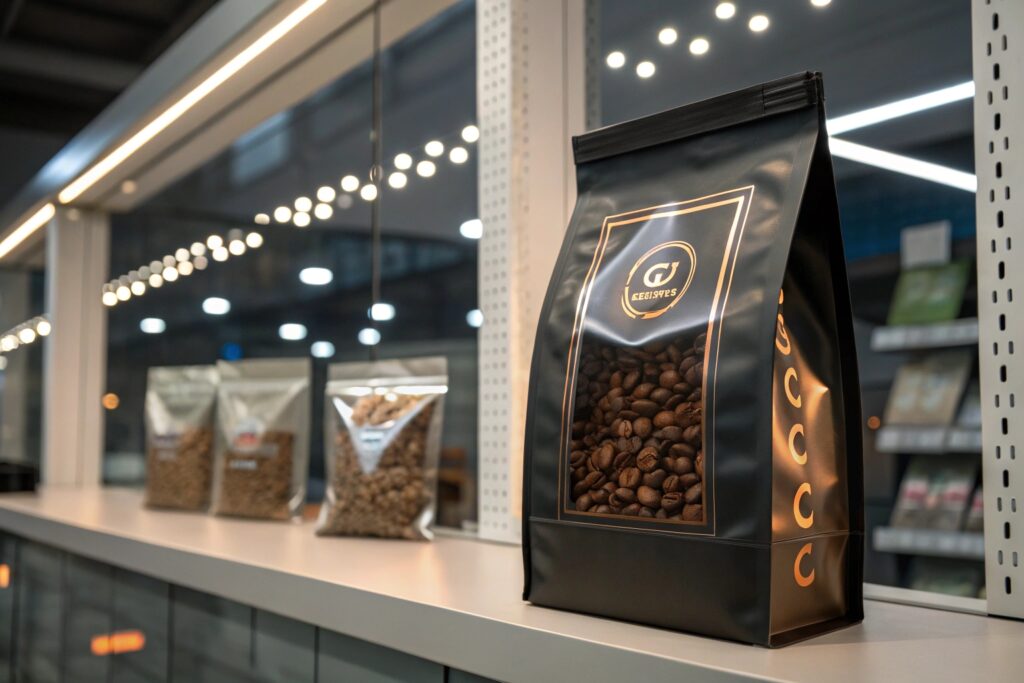Transparent windows might look good, but do they really help sell coffee?
Adding transparent windows1 on coffee bags can increase shelf appeal but may also harm product freshness if not done properly.
Some buyers love to see the product inside. Others worry about exposure to light and oxygen. As a coffee packaging supplier, I’ve seen both sides. Let’s explore this together.
Why is there a vent on coffee bags?
Have you noticed the tiny hole on most coffee bags?
That vent is a one-way degassing valve2. It lets CO₂ out while keeping oxygen from getting in.
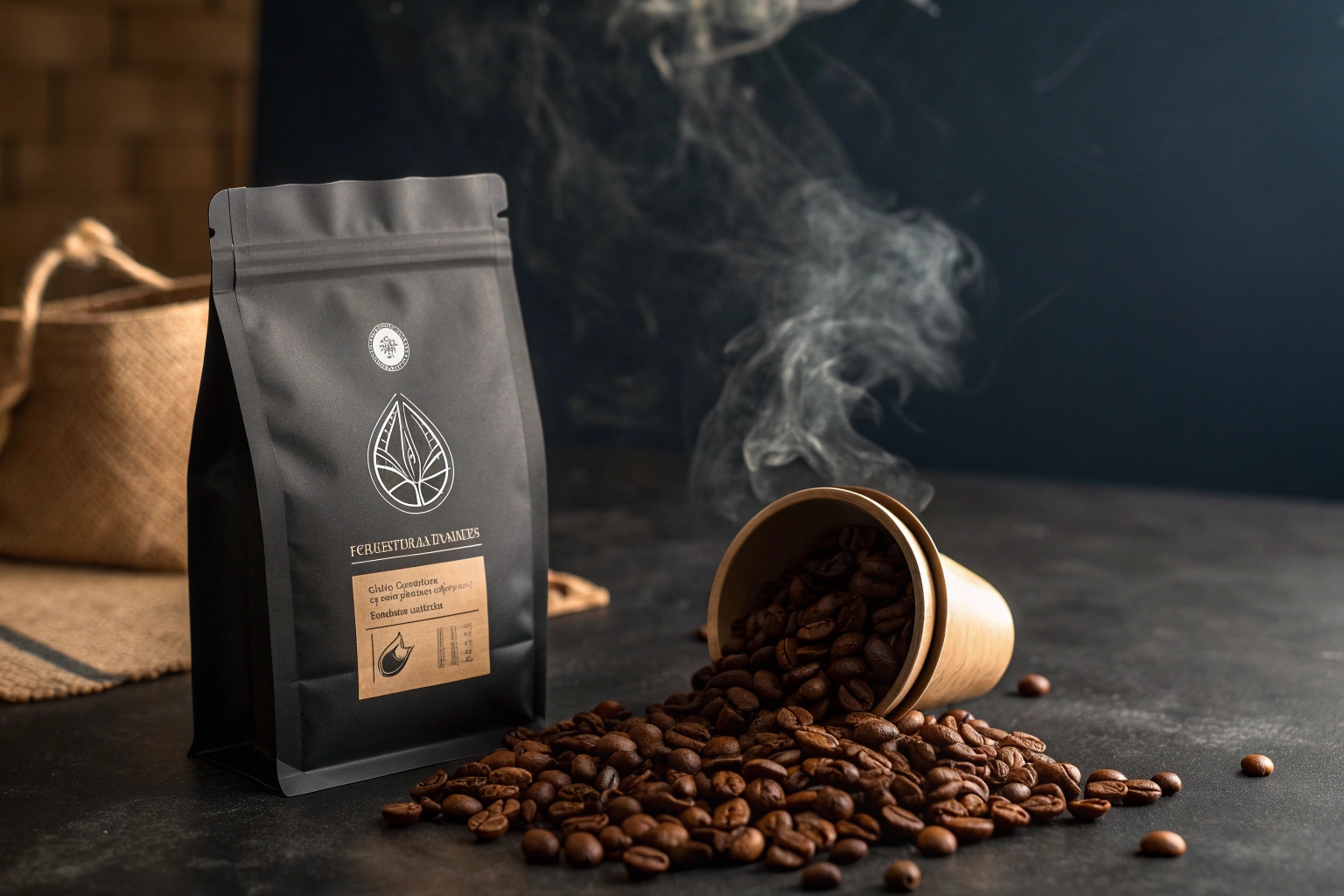
What does the valve actually do?
When coffee is freshly roasted, it releases carbon dioxide gas for several days. If this gas stays trapped inside the sealed pouch, the bag might puff up, or worse, burst. The one-way valve solves this problem. It allows the gas to escape safely without letting outside air in.
Does the valve affect freshness?
Yes. Oxygen is the enemy of coffee. Without a vent, roasters would need to wait days before packing, which would reduce the coffee's freshness. With a valve, they can pack immediately. This keeps flavor locked in.
| Feature | With Valve | Without Valve |
|---|---|---|
| Freshness | High | Lower |
| Packing Time | Immediate | Delayed |
| Oxygen Exposure | Minimal | Higher |
Is the valve always necessary?
Not always. For pre-ground coffee or beans roasted long ago, the CO₂ release is minimal. But for fresh-roasted specialty beans, the valve is a must. If you’re targeting high-end customers, especially in North America or Japan, they expect to see a degassing valve.
What two things does packaging protect coffee from?
It’s more than just a pretty pouch.
Good packaging protects coffee from light and oxygen — the two biggest enemies of flavor.
Why do light and oxygen matter?
Oxygen causes oxidation, which destroys coffee’s oils and aromatics. Light speeds up this process. Even a few hours of sunlight can change the taste of beans. That’s why many specialty coffee bags are matte or opaque.
How can packaging fight these enemies?
A multilayer film structure3 is key. Most of our clients choose aluminum foil or metalized PET as the inner layer. This acts like a wall — blocking oxygen and light completely.
Let’s break down the layers
| Layer | Material | Function |
|---|---|---|
| Outer | PET | Print surface + durability |
| Middle | Aluminum or Metalized PET | Light and oxygen barrier |
| Inner | PE or CPP | Seal strength + food safety |
These layers work together. Without this setup, transparent windows1 can become a weak point. If not laminated properly, they’ll reduce shelf life.
How to seal coffee bags at home?
If you’re a small roaster or testing new samples, sealing at home can be tricky.
Use a heat sealer4 to create an airtight finish on your coffee bags — even for small batches.
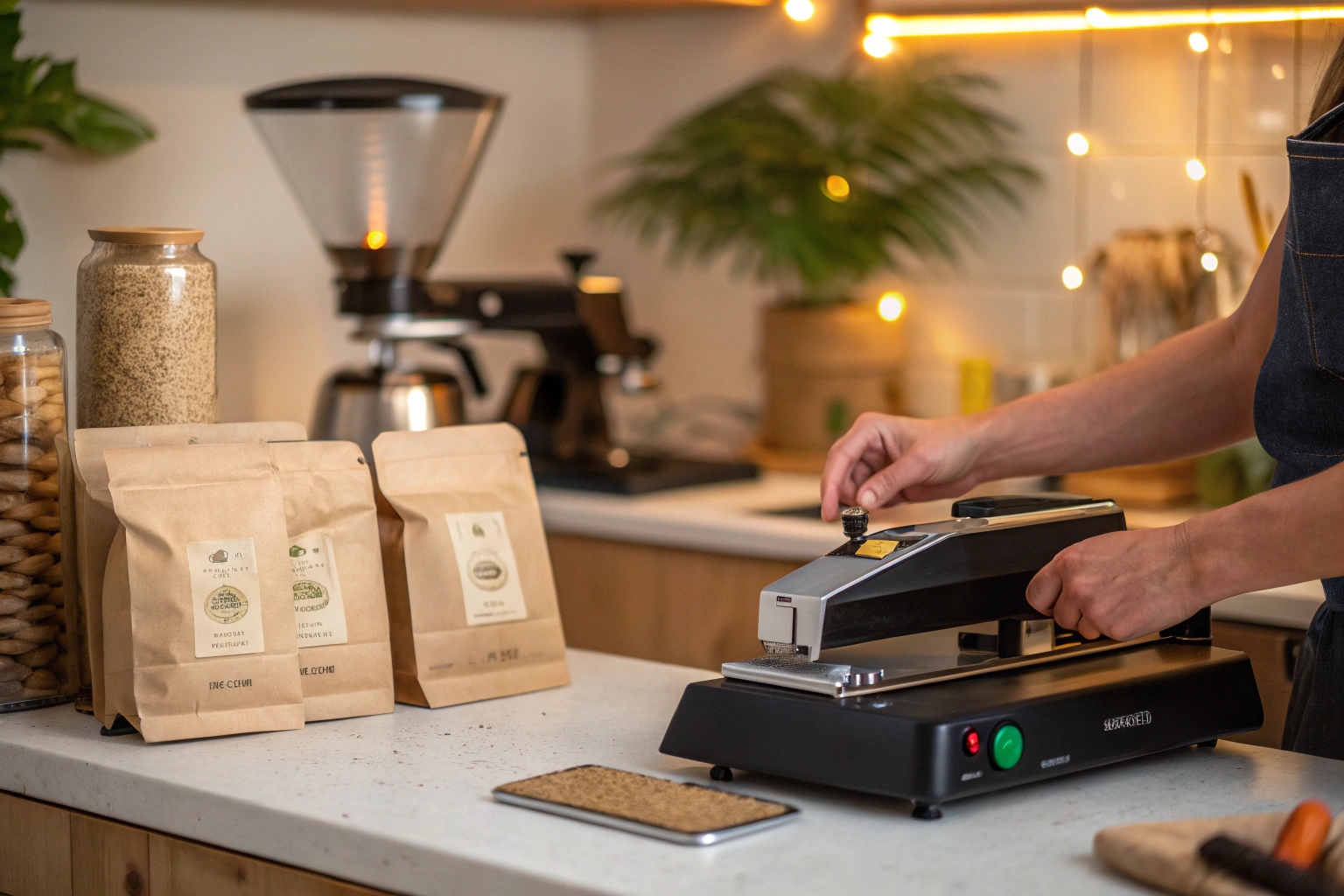
What kind of sealer should I use?
Impulse sealers are the most popular. They’re affordable, portable, and work on most flexible pouches. Just press and hold for a few seconds.
For thicker pouches (especially with aluminum layers), constant heat sealer4s or band sealers offer better results. They cost more but give a stronger, more consistent seal.
Tips for a perfect seal
- Clean the sealing area — no dust or oil
- Use the right temperature for your material
- Don’t overheat — it can melt or weaken the film
- Test with water or air pressure to check seal strength
Can I reseal the pouch5?
Yes. Many coffee bags come with a zipper or tin-tie for resealing after opening. But the initial heat seal is still essential. It guarantees freshness before the first use.
What is the plastic circle on coffee bags6?
It looks strange at first — just a round piece of plastic.
That plastic circle is the visible part of the one-way degassing valve2 — essential for coffee freshness.
What is it made of?
Most degassing valves are made of food-grade PE or PP. Inside, there's a rubber membrane that reacts to pressure. When CO₂ builds up, the valve opens slightly. Then it seals shut again to block oxygen from coming in.
Is the valve reusable?
No. It functions once and then resets. But it works every time gas builds inside. You don't need to do anything manually. Just seal the bag, and the valve does the rest.
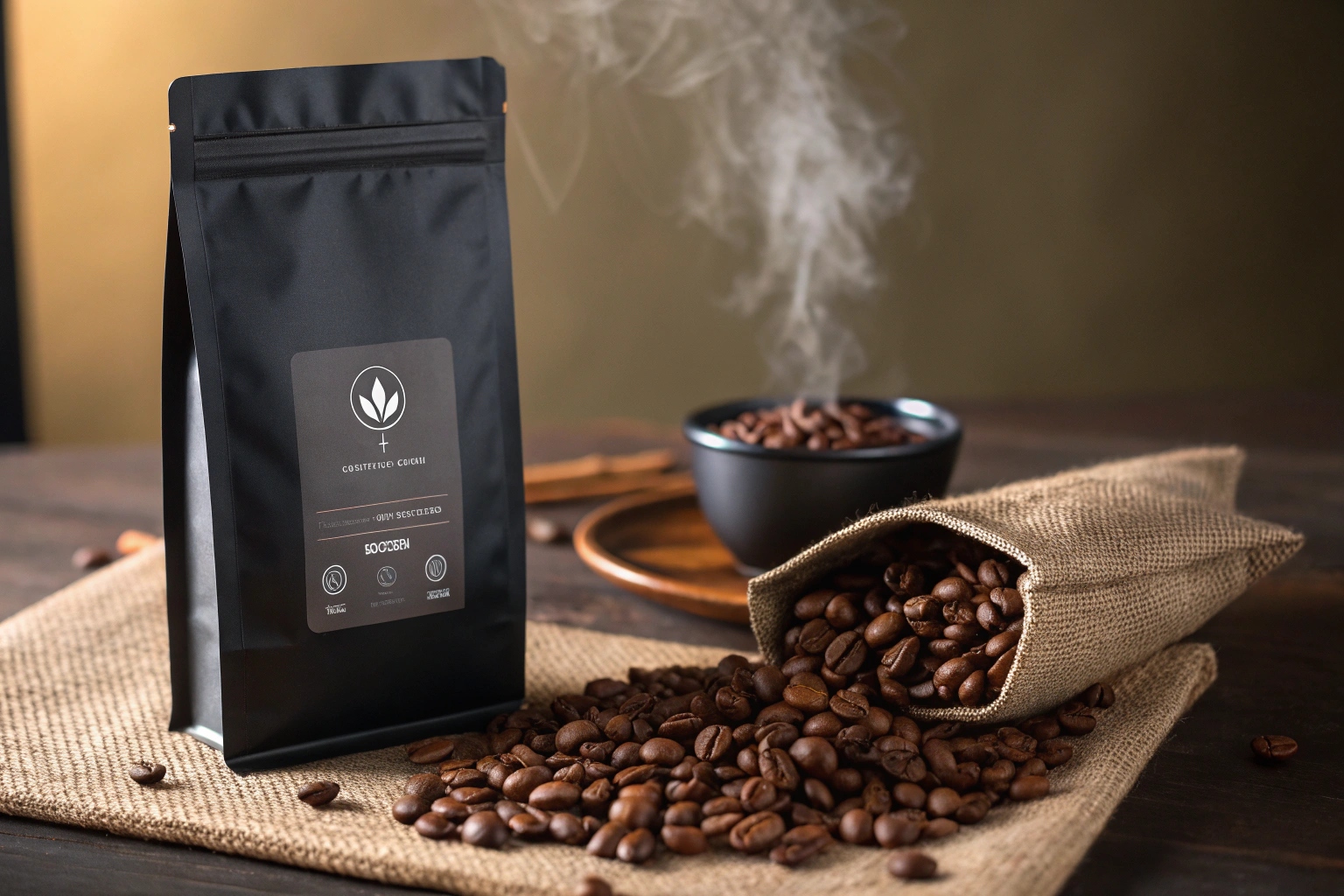
Can I choose the valve type?
Yes. There are different styles — internal, external, and ultrasonic-welded. Some clients prefer a low-profile valve for a cleaner look. Others want the valve placed behind the bag, not on the front. We help customize that based on your design.
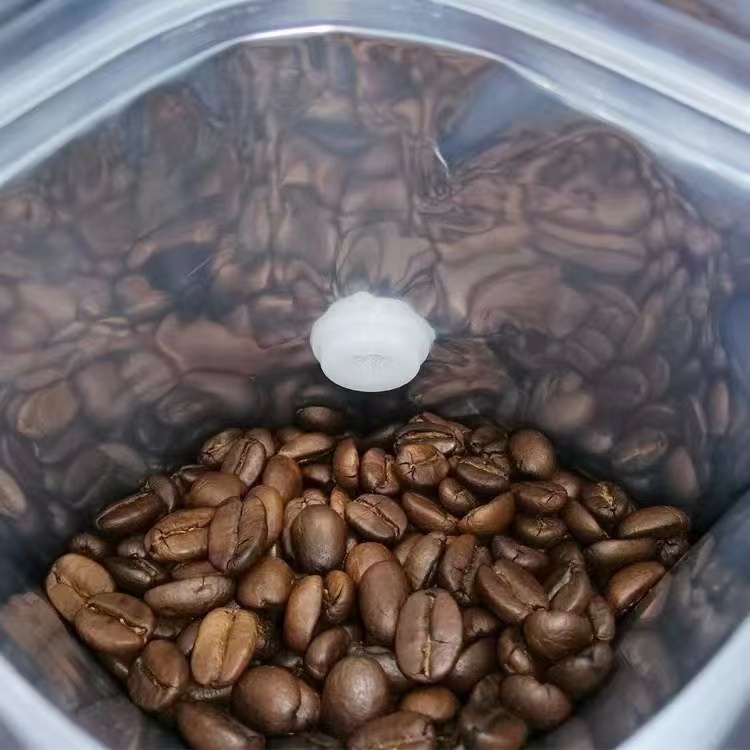
Conclusion
Coffee bags protect your product best when beauty meets science.
-
Explore how transparent windows can enhance shelf appeal and attract customers while considering product freshness. ↩ ↩
-
Learn about the crucial role of degassing valves in maintaining coffee freshness and preventing bag bursting. ↩ ↩
-
Discover how multilayer film structures protect coffee from light and oxygen, ensuring optimal freshness. ↩
-
Find out which heat sealers are most effective for creating airtight seals on coffee bags, especially for small batches. ↩ ↩
-
Learn about resealing options for coffee bags to maintain freshness after the first use. ↩
-
Explore the function of the plastic circle as part of the degassing valve and its importance for coffee freshness. ↩

